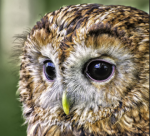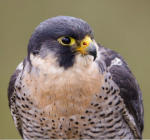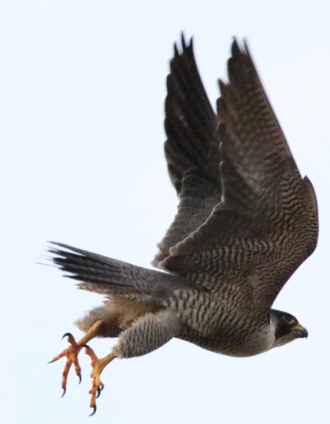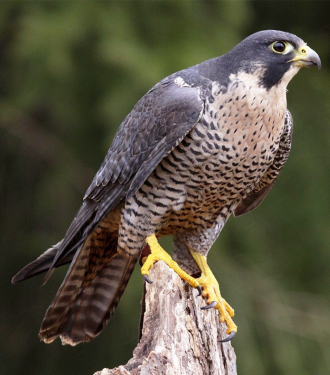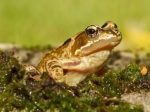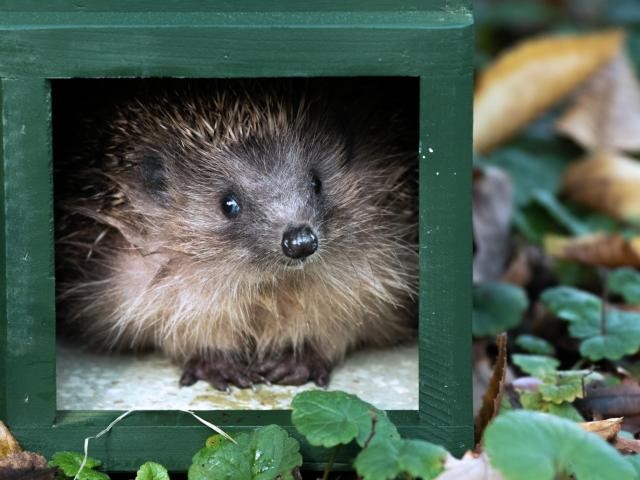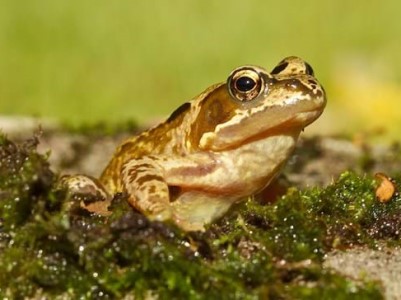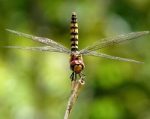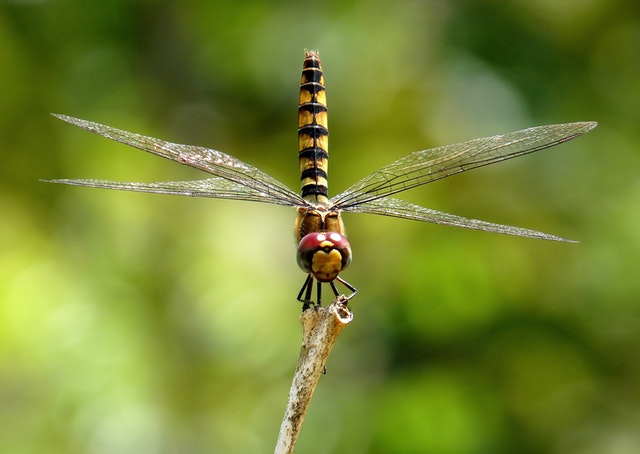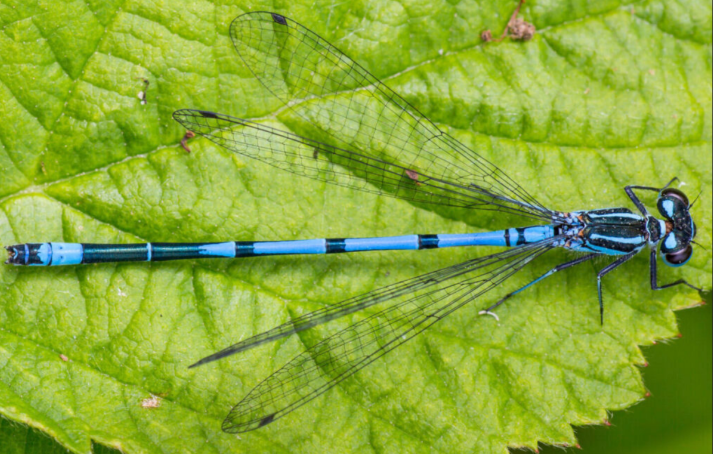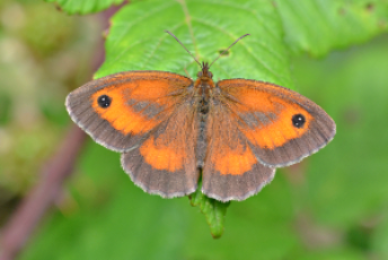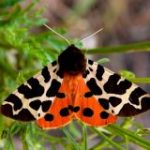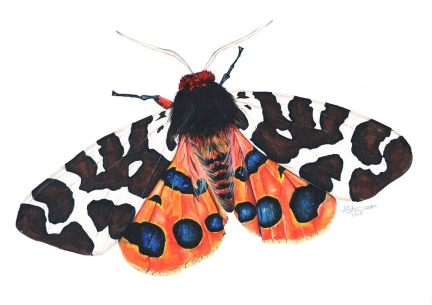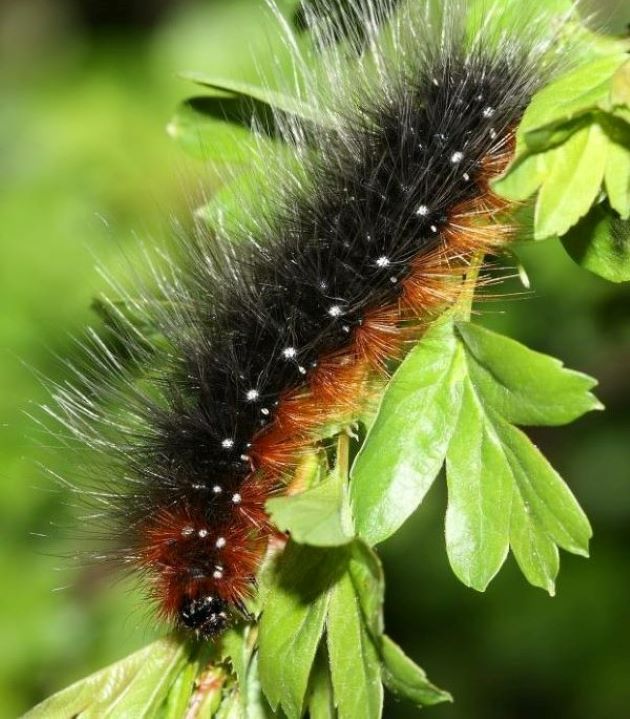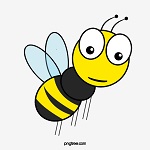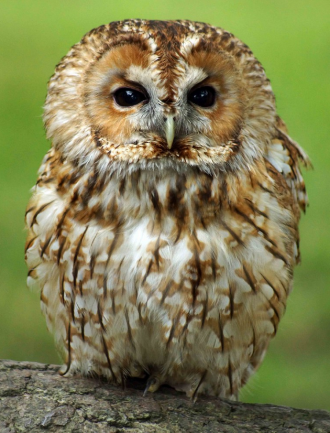
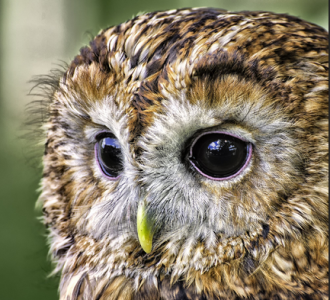
In conversation with a lady who lives in Elmshaw Road abutting the allotments, she is now certain we have a pair of Tawny Owls, staking site 3 as their own territory. She was alerted about a month ago; she heard repeated Kweet calls in the very early mornings. Since then she has heard the classic Twit-Twoo . That call is indicative of Tawny Owls, their very own signature tune.
Its only a guess, but they may be roosting in the Leylandii next to the allotments – tall with dense cover, which is ideal for them to roost in. I looked on Tuesday with no luck, will let you know if I see anything. When I next see my neighbour Jim, I’ll ask him if he hears them at night, as his bedroom is next to the Leylandii ….
With thanks to Bill Young, Site 3

